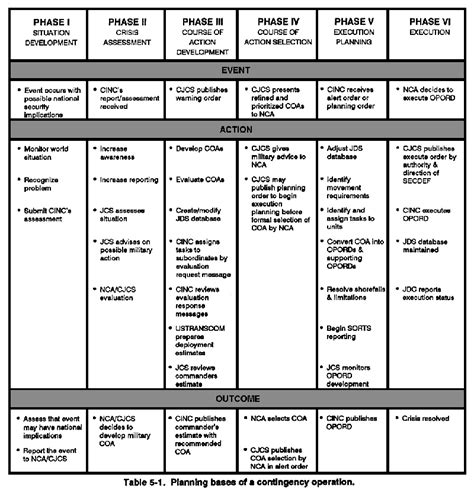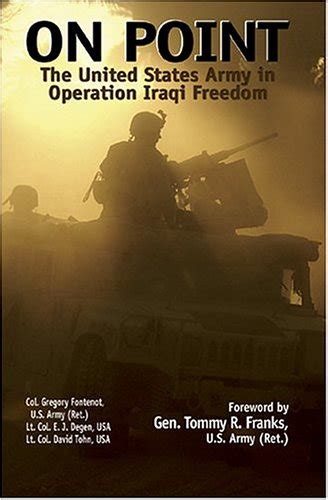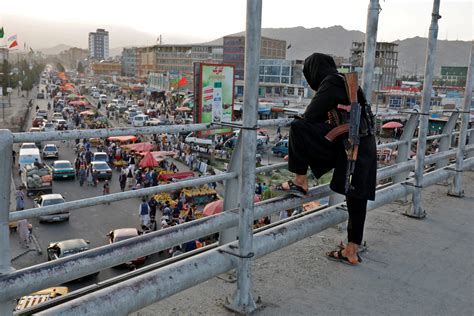The range of military operations encompasses a broad spectrum of activities, from humanitarian assistance and disaster response to full-scale combat and warfare. Military operations are designed to achieve specific strategic objectives, and their nature and scope can vary greatly depending on the context, the parties involved, and the resources available. Understanding the range of military operations is crucial for defense planning, international relations, and the development of military doctrine and strategy.
Categories of Military Operations

Military operations can be categorized into several types based on their objectives, scale, and the level of force employed. These categories include:
- Humanitarian Assistance/Disaster Response (HA/DR): Operations aimed at providing aid to affected populations in the aftermath of natural disasters or humanitarian crises. These operations often involve collaboration with civilian agencies and international partners.
- Peacekeeping and Peace Enforcement: Missions designed to maintain or restore peace in regions affected by conflict. Peacekeeping involves the deployment of military personnel to monitor and facilitate a peace agreement, while peace enforcement may involve the use of force to compel compliance with a peace agreement.
- Counterinsurgency (COIN): Operations conducted to counter and defeat insurgent groups that seek to overthrow a government or resist an occupying power. COIN operations require a deep understanding of the local population, culture, and politics.
- Counterterrorism (CT): Actions taken to prevent, deter, and respond to terrorist threats. CT operations can range from intelligence gathering and special operations to broader military campaigns against terrorist organizations.
- Major Combat Operations: Large-scale military operations aimed at defeating an adversary’s military forces and achieving strategic objectives through the use of force. These operations can involve ground, air, and naval forces and may result in significant loss of life and destruction.
Operational Themes
Beyond these categories, military operations can also be understood through several operational themes, which reflect the strategic and tactical approaches used to achieve military objectives. These themes include:- Joint Operations: The integration of different military services (e.g., army, navy, air force) to conduct operations. Joint operations leverage the unique capabilities of each service to achieve synergistic effects.
- Combined Operations: Military operations conducted with the participation of multiple nations. Combined operations require coordination, interoperability, and a common understanding of objectives and strategies.
- Special Operations: Conducted by specialized forces, these operations include missions such as direct action, special reconnaissance, and unconventional warfare. Special operations often require a high degree of secrecy and flexibility.
- Information Operations: Actions taken to influence, disrupt, corrupt, or usurp the decision-making of adversaries and potential adversaries while protecting one’s own. Information operations can include cyber warfare, electronic warfare, and psychological operations.
| Category of Operation | Description | Key Characteristics |
|---|---|---|
| HA/DR | Humanitarian assistance and disaster response | Civil-military coordination, aid delivery, rescue operations |
| Peacekeeping/Peace Enforcement | Maintaining or restoring peace | International cooperation, monitoring, use of force |
| COIN | Counterinsurgency operations | Population-centric, intelligence-driven, long-term commitment |
| CT | Counterterrorism operations | Intelligence gathering, special operations, international cooperation |
| Major Combat Operations | Large-scale military campaigns | High-intensity conflict, significant resources, strategic objectives |

Key Points
- The range of military operations includes humanitarian assistance, peacekeeping, counterinsurgency, counterterrorism, and major combat operations, each with distinct objectives and challenges.
- Operational themes such as joint operations, combined operations, special operations, and information operations reflect the strategic and tactical approaches used to achieve military objectives.
- Understanding the categories and themes of military operations is crucial for defense planning, international relations, and the development of military doctrine and strategy.
- Effective military strategy involves the ability to adapt and transition between different types of operations, leveraging the right combination of military and non-military instruments of power.
- The integration of different military services and international cooperation are key to the success of many military operations.
Future of Military Operations

The future of military operations will be shaped by technological advancements, changing global dynamics, and the evolving nature of conflict. Emerging technologies such as artificial intelligence, cyber capabilities, and hypersonic weapons will introduce new dimensions to military operations. The increasing importance of the information domain and the role of non-state actors in conflict will also continue to influence the character of military operations.
Implications for Defense Planning
The diversity and complexity of modern military operations have significant implications for defense planning. Military forces must be capable of conducting a wide range of operations, from humanitarian assistance to high-intensity combat. This requires flexibility, adaptability, and the ability to integrate different military capabilities and non-military instruments of power. Defense planning must also consider the role of allies and partners, as well as the need for international cooperation in addressing global security challenges.As the nature of conflict continues to evolve, understanding the range of military operations and the strategic, operational, and tactical challenges they present will remain essential for military professionals, policymakers, and scholars. The ability to adapt military doctrine, strategy, and operations to emerging challenges will be critical in achieving success in future conflicts.
What are the primary categories of military operations?
+The primary categories of military operations include humanitarian assistance/disaster response, peacekeeping and peace enforcement, counterinsurgency, counterterrorism, and major combat operations.
How do operational themes influence military operations?
+Operational themes such as joint operations, combined operations, special operations, and information operations reflect the strategic and tactical approaches used to achieve military objectives, influencing how forces are integrated and employed.
What are the implications of emerging technologies for the future of military operations?
+Emerging technologies such as artificial intelligence, cyber capabilities, and hypersonic weapons will introduce new dimensions to military operations, requiring military forces to adapt their strategies, doctrines, and operational practices.


